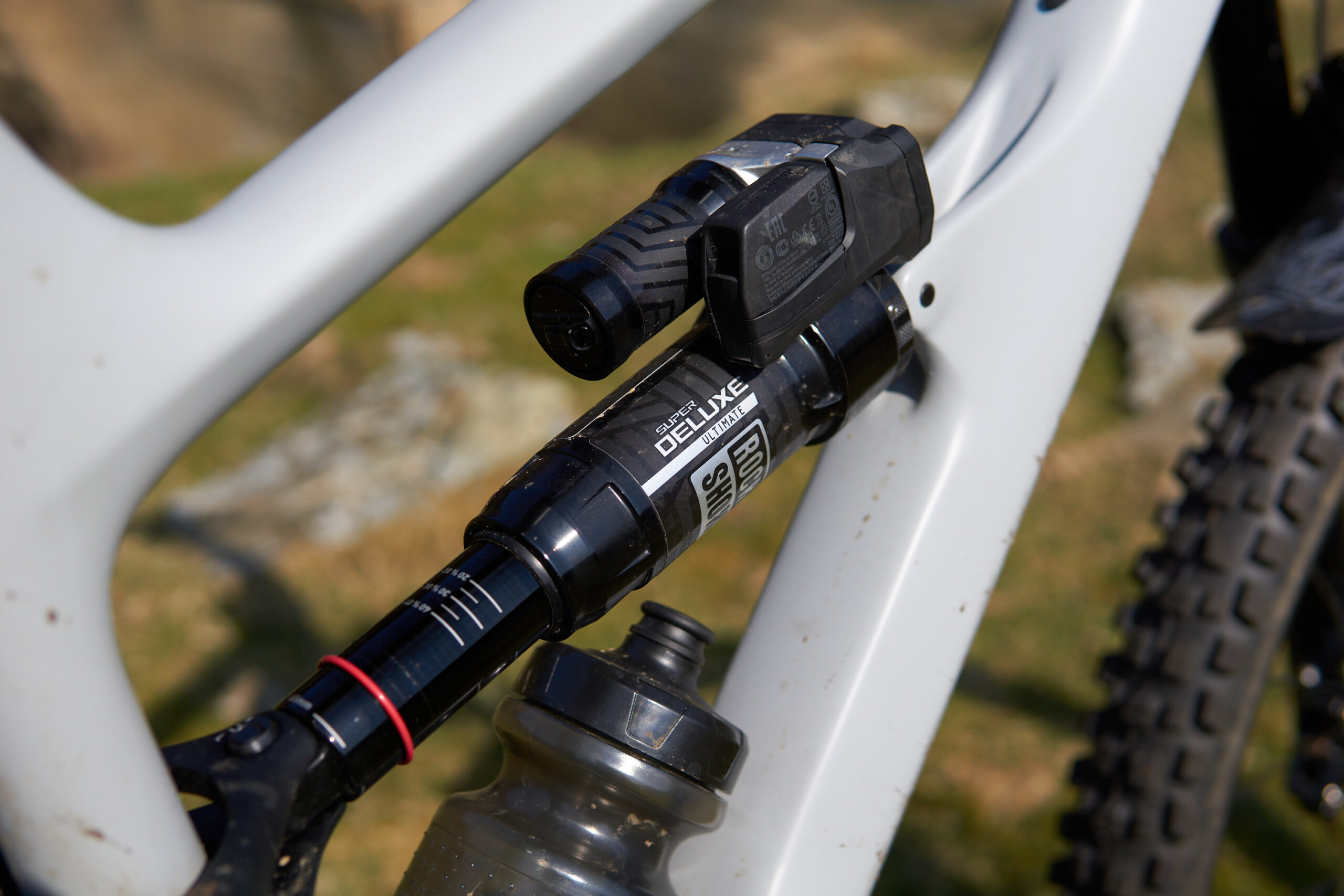RockShox Flight Attendant is the new electronic suspension system from The House of SRAM that promises to solve your woes for good.
- Brand: RockShox
- Product: Zeb Ultimate Flight Attendant, Super Deluxe Ultimate Flight Attendant
- From: sram.com
- Price: N/A (£8,799 for complete bike, YT Capra Uncaged 6)
- Tested by: Antony for 3 three weeks
Do you compulsively lock out your shock on climbs, trying to preserve every ounce of energy? And do you often get to the bottom of a descent wondering why your bike was riding like a sack of potatoes, only to realise you hadn’t unlocked it again?
Three things we loved
- It’s a very user-friendly system that’s easy to tune and tweak.
- It’s genuinely effective in most riding situations.
- Lack of wires makes it look super clean and tidy.
Three things we’d change
- Wireless components mean lots of batteries to keep topped up.
- It’s furiously expensive, and unlikely to get cheaper.
- No aftermarket option yet.
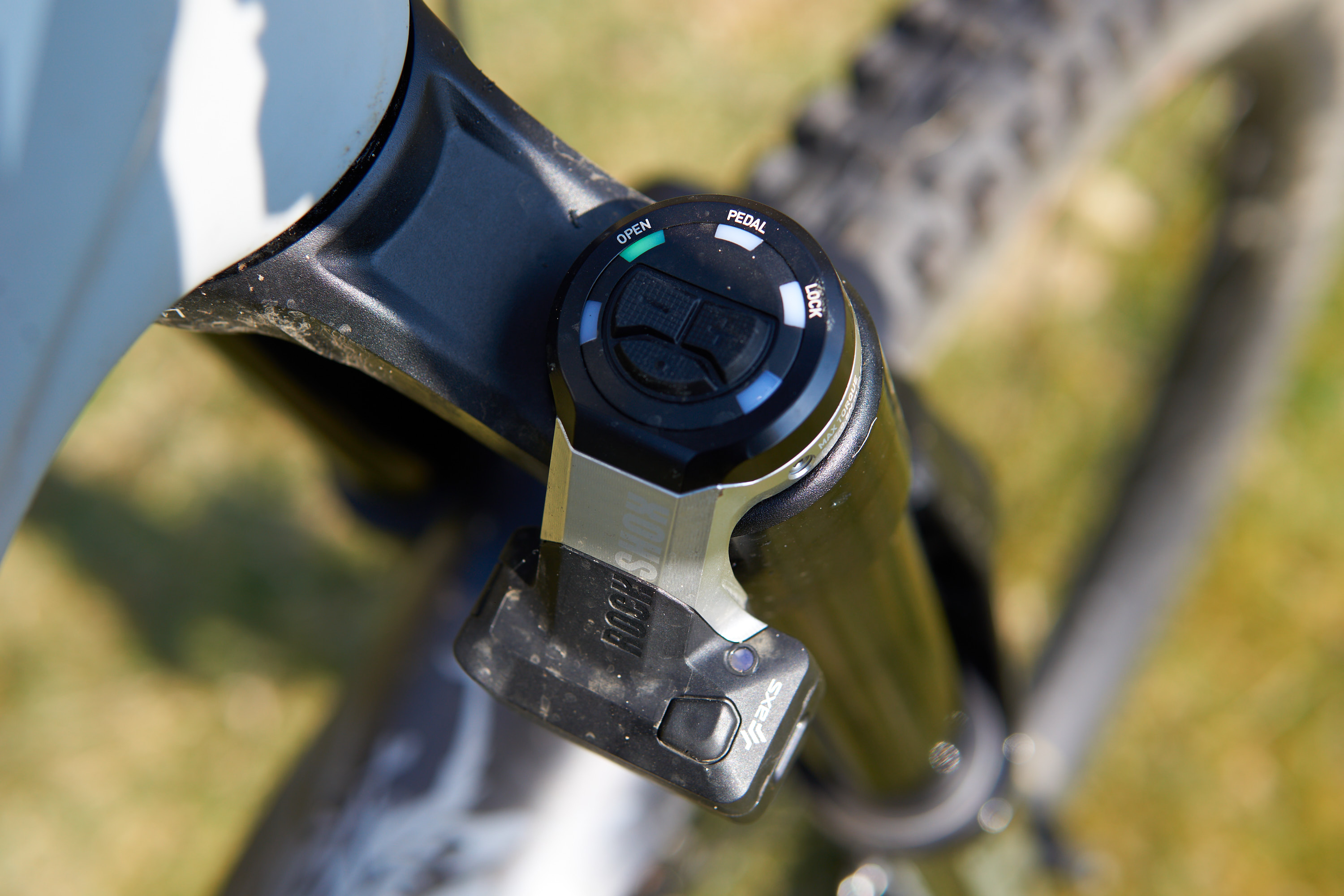
Members Only content continues…
If you have an account, please log in. If not, you can get access to some of our features by registering here for free.
Latest Singletrack Merch
Buying and wearing our sustainable merch is another great way to support Singletrack
You could join them and open up this and countless other articles and reviews from just £0.06/day!
All members get..
- Exclusive members only content
- Digital back issues
- New issues via iOS/Android App
- Ad free website
- Merch discounts
- Downloads, GPX files, PDFs, iBooks
Print+ members also get..
Next available print copy of Singletrack magazine posted to you. Each issue contains 148 pages of perfect ride inspiration, opinion, adventure and reviews.
A message from all of us at Singletrack magazine
We need your help
For over 20 years Singletrack has been a source of information, news and entertainment for millions of mountain bike enthusiasts and as an important focal point for an amazing community of like minded riders from around the world. But it has also been a provider of jobs and income for dozens of families of our team as well as a source of revenue for hundreds of freelance contributors.
We want to keep going through this uncertain period and create great content to inform and entertain you, but we will need your help to do it. More than anything else we want to have a reciprocal relationship with you and the best way to make that happen is through our memberships. We’d love you to join us as a paid member of the Singletrack community – we promise you a return on your investment through the content we have and will create for you.
In unglamorous terms, it’s a system that tries to detect what type of terrain your bike is on, and automatically changes the low speed compression damping of your fork and shock. In marketing terms, it’s the latest and slickest incarnation of intelligent electronic suspension that adapts perfectly to the trail. It’s expensive, its current availability is restricted to a handful of complete bikes, and similar systems have failed to catch on in the past. Will Flight Attendant take flight?
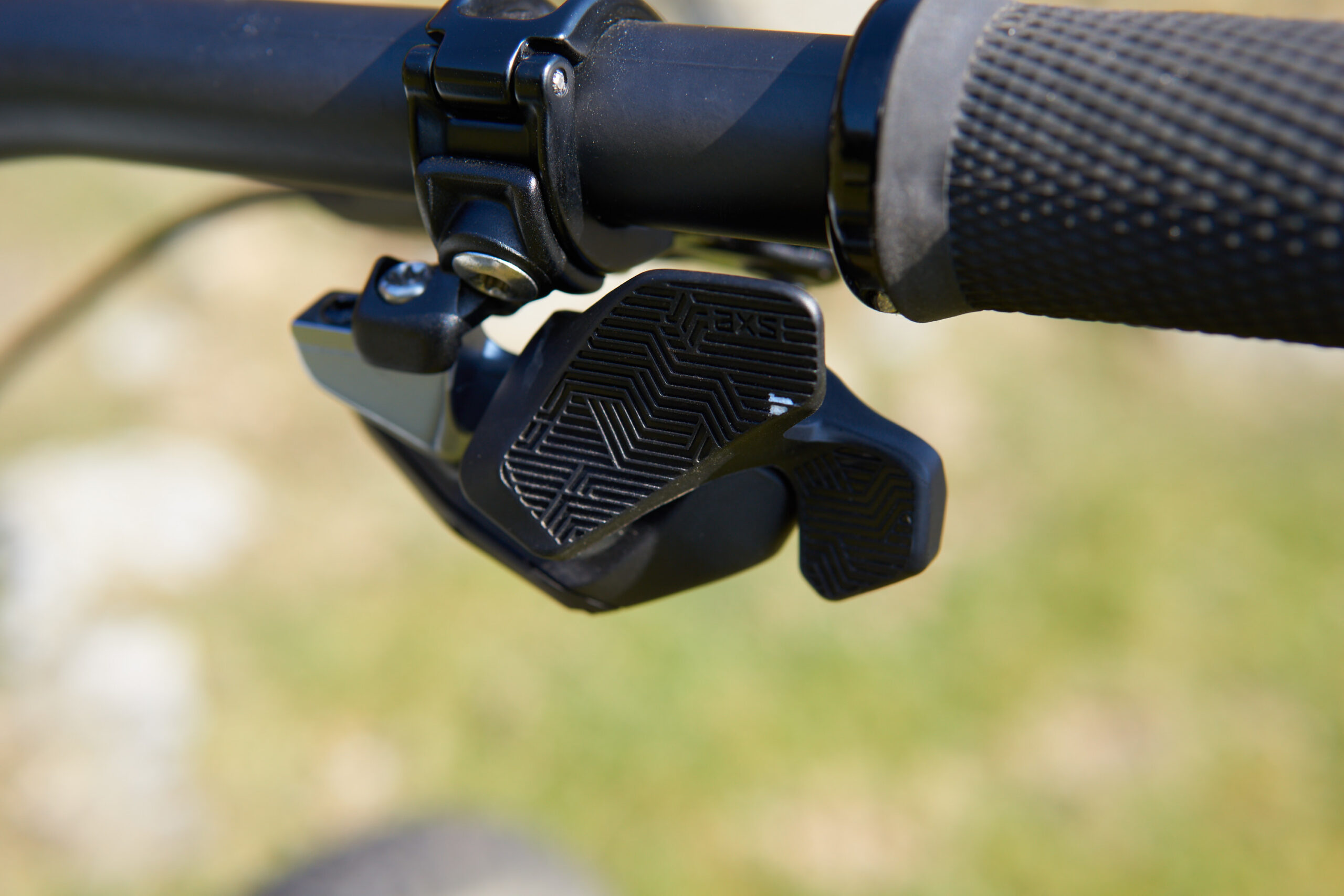
Flight Attendant is designed as a companion piece to SRAM’s AXS wireless shifting system. The suspension units get an electronic add-on, complete with the familiar square clip-on AXS battery, which contains some sensors and a tiny servo motor. The crank spindle houses another sensor, AAA battery-powered this time, which detects pedal inputs from the rider. The left hand “shifter” unit activates both a wireless dropper post and a programmable override mode. Depending on the input from rider and terrain, this prompts the tiny servo motors to switch your settings between three positions: Lock, Pedal and Open.

Aside from looking all spiffy and futuristic, this system also offers a number of potential advantages over conventional manual lockouts. For one, it’s very fast – SRAM claim that changes in settings are executed in hundredths of a second. It’s safer and more convenient than reaching between your legs and fumbling around for a tiny lever. It also looks much cleaner and easier to adjust than a bunch of cables connecting your suspension to your bars. I’ve not spent much time on bikes with remote lockout levers, but even in my limited experience there’s a point where fiddly tweaks to cable tension are needed to keep everything working as intended.
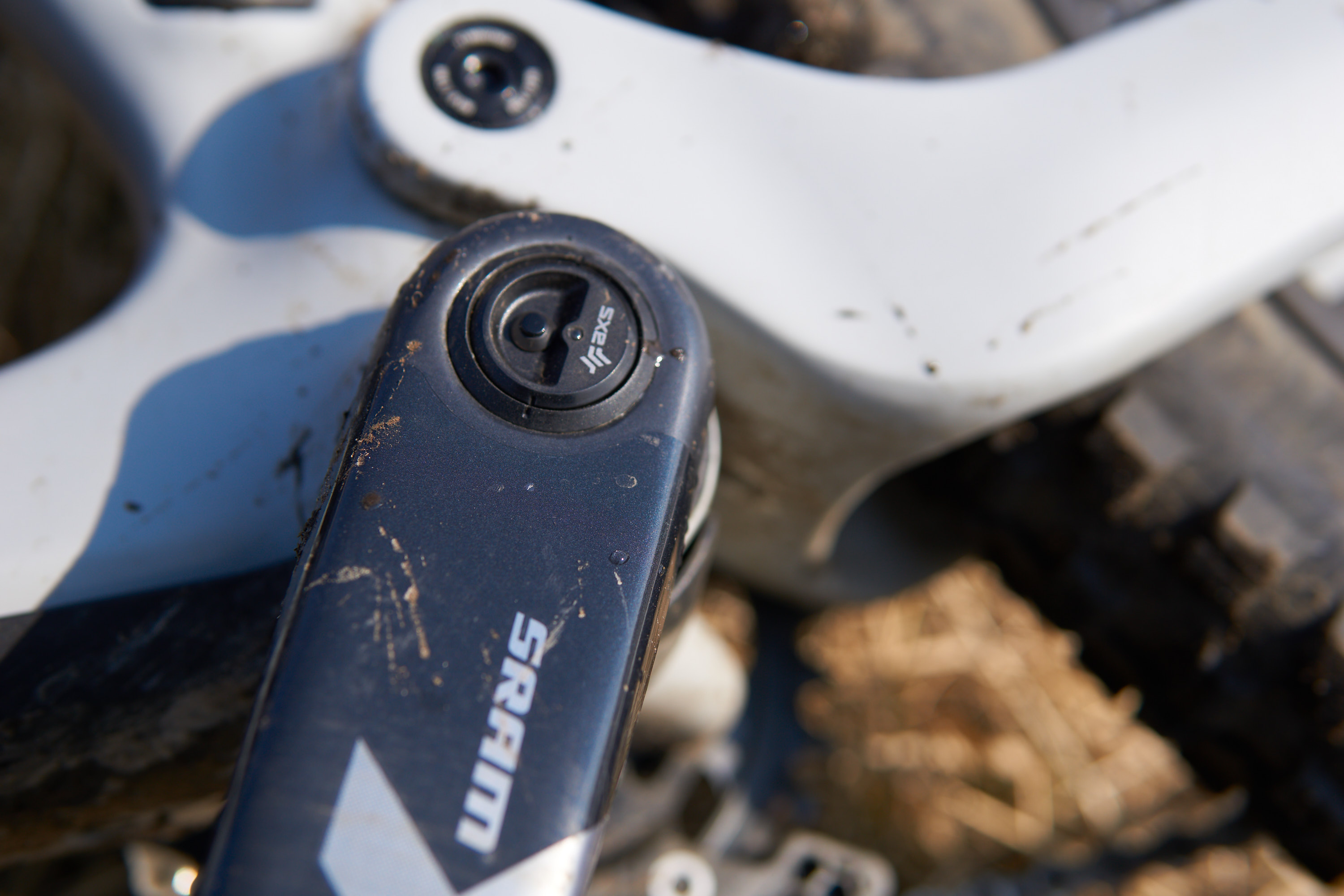
The system also purports to be easily tuneable to rider preference, so you can set it to open up more easily, or lock itself out more of the time. There’s also an override mode that you can program (The default for this is Pedal, sensibly enough) and an option to run your suspension in full manual mode, should you wish.
Finally there’s Flight Attendant’s party piece: rather than putting your whole bike into locked or open mode, it can change the settings of your fork and shock independently, but always keeps them within one step of each other. In other words, you’ll never find yourself riding a bike that’s fully open at one end, fully locked at the other. Save that sort of thing for the hardtail luddites eh?
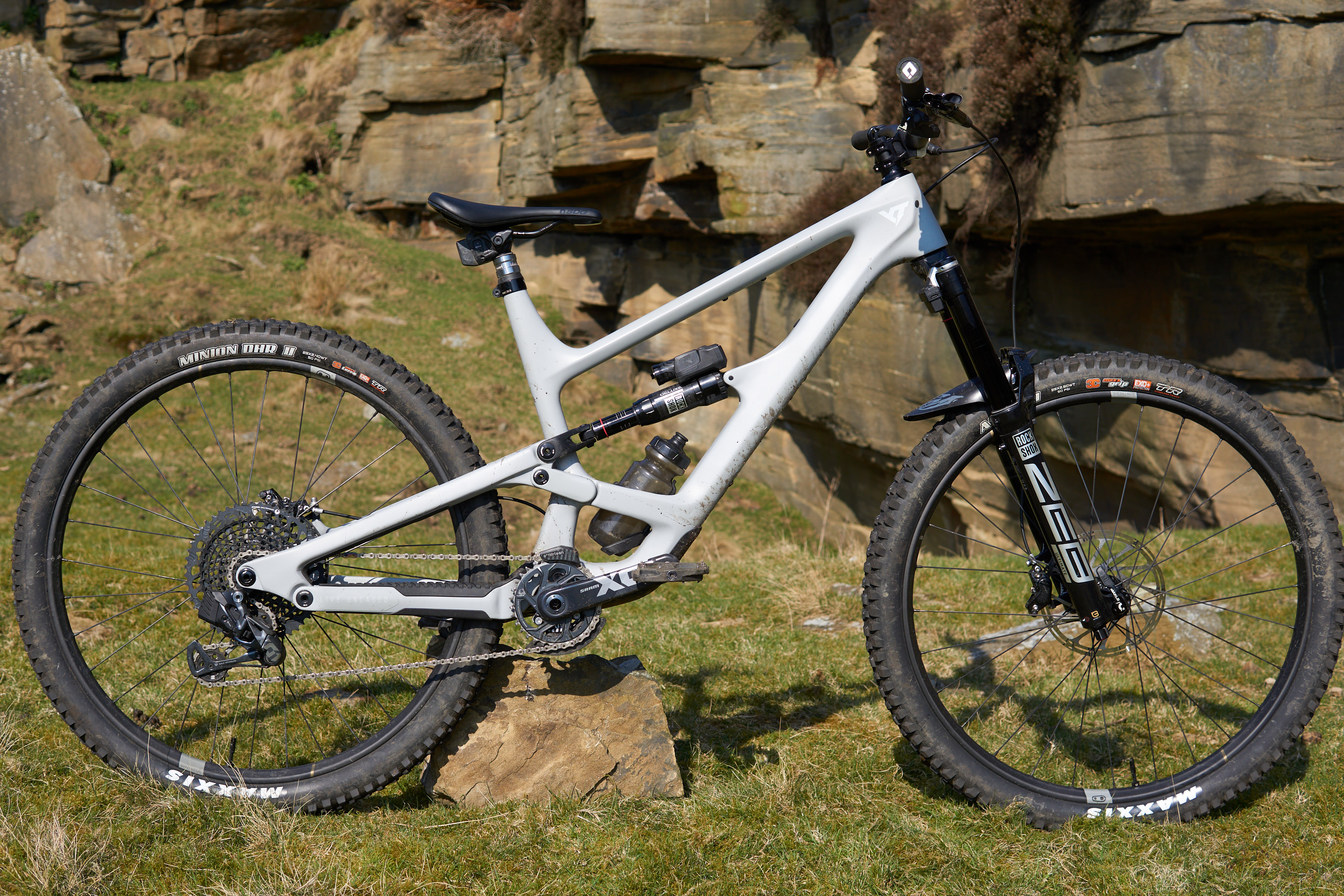
At present Flight Attendant isn’t available as an after-market option. If you want it you’ll have to buy a complete bike. The bikes currently available with Flight Attendant are all longer travel trail and enduro bikes from Canyon, Specialized, Trek and YT. And the system isn’t cheap: at £8,799 (plus packaging and shipping) our test YT Capra Uncaged 6 is one of the more affordable options, coming with a RockShox Zeb Ultimate fork and a Super Deluxe Ultimate rear shock. Some other manufacturer’s Flight Attendant-equipped bikes won’t leave you much change from twelve grand. Talk about a halo model.
There’s also a weight penalty to all the electronic add-ons – around 300g in total, which is not insignificant if you’re a racey type, and possibly one of the reasons why SRAM are restricting its application to burlier bikes for the time being.
For that sort of money, Flight Attendant really needs to be a genuine performance upgrade, easy to set up, and super reliable on the trail. Rival systems, like Fox Live Valve, have ticked most or all of these boxes, but failed to make it onto many bikes. RockShox realise this, and have also rolled out some upgrades to their Pike, Lyrik and Zeb forks that, as yet, are only available on Flight Attendant versions. When you factor in the super clean look of wireless AXS, I can see some riders being tempted. Should they be?
Set up for takeoff
Hitting the trails on a bike with Flight Attendant is slightly more faff than conventional suspension, but not by much. First of all, you need to pair all the system’s components by holding down the little buttons on them in the correct sequence. Then you set your fork and shock to the recommended pressure for your riding weight, and add some rebound.
Next comes the slightly non-standard bit, where you teach your bike where the normal sag point of your suspension is and tilt it to the side a couple of times. It’s all fairly straightforward, although I did find the recommended fork pressure a bit on the high side, meaning I wasn’t getting the last 20mm of travel for a few rides.
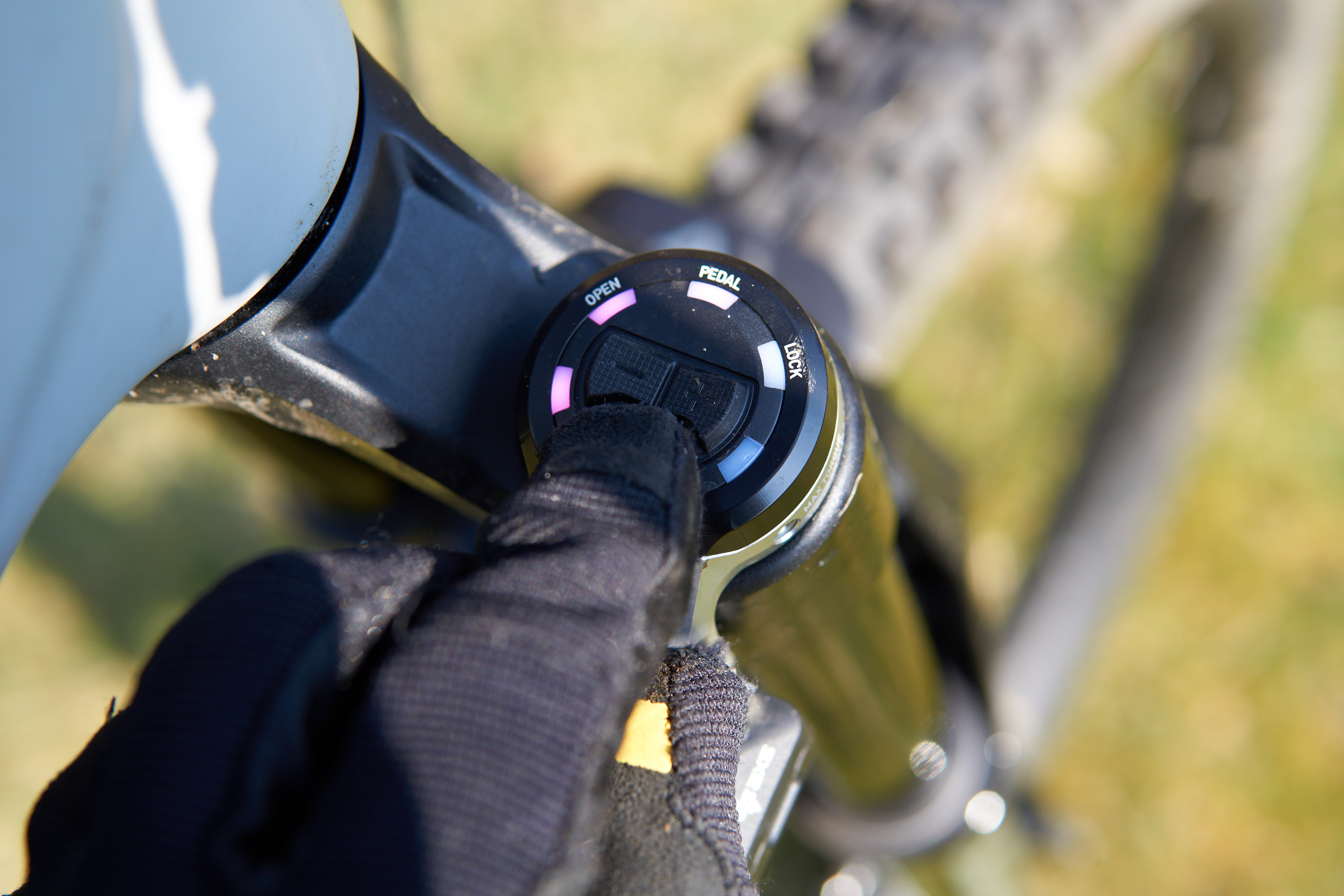
The AXS app is the other piece of the puzzle, and aside from the usual annoyances with getting Bluetooth devices to talk to each other, it’s very easy to use. It allows you to assign different functions to each paddle and it also gives you a rough idea of the battery level for each electronic component – essential when there are seven of them to keep tabs on.
On the trail
With a frankly extravagant 170mm of travel, the YT Capra was an excellent choice of bike to see if the proof was in the pedalling. And even before I got onto the lumpy stuff, Flight Attendant was already doing its job. Whizzing down the road from my house, the shock stayed open, but as soon as the gradient pointed up and I needed to pedal, there was a whirr from the servos and the bike’s suspension locked out. The bike stayed locked out until the road turned into an off-road climb, and I switched to a bumpier line to see what would happen. Immediately the bike swapped over to Pedal mode, then a mix of Pedal and Open, then back to Lock as soon as the trail smoothed out.
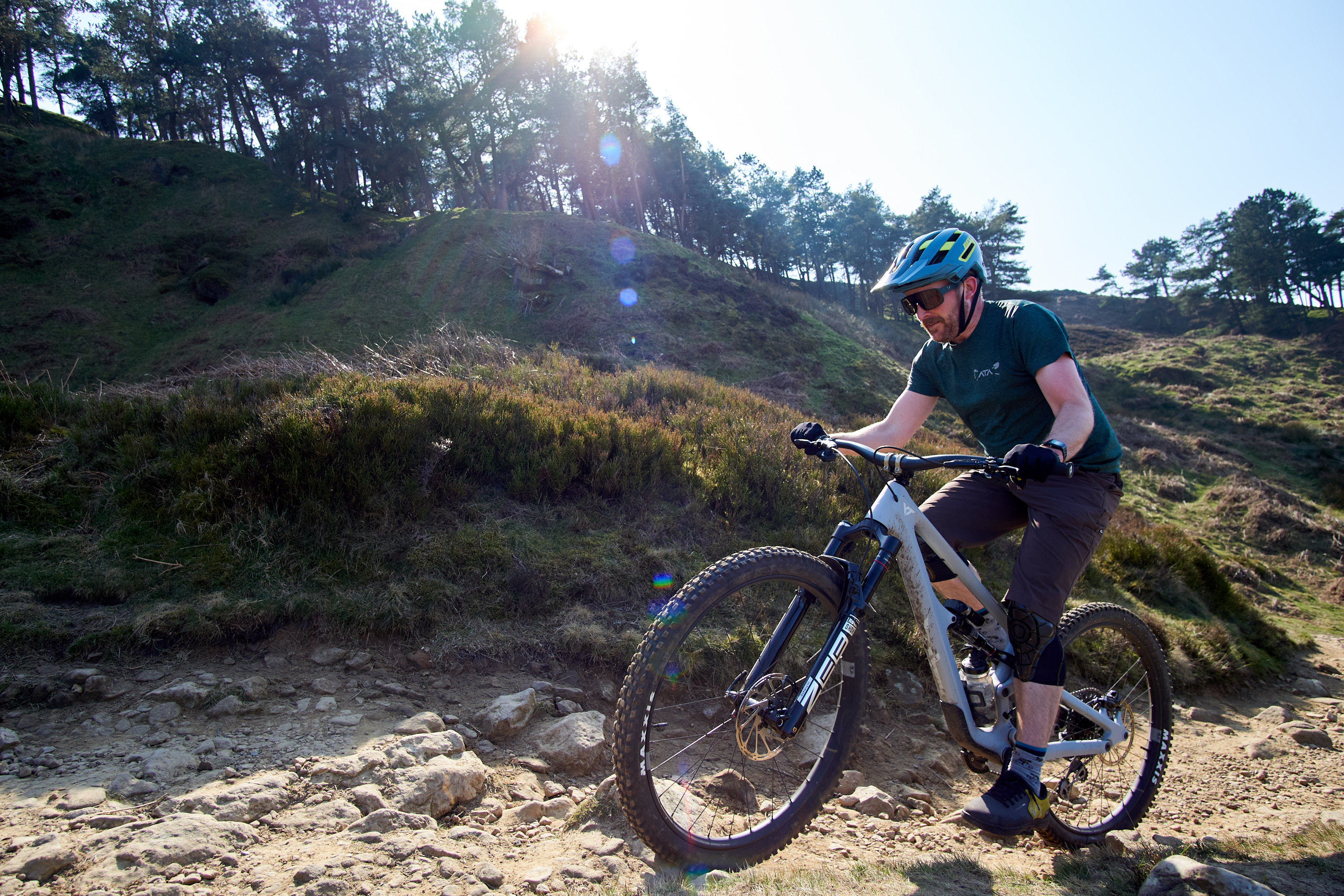
Pop the front wheel off the ground, or point the bike down a descent, and the suspension immediately switches to Open mode. I’ve tried to fool it, for example by riding from tarmac straight up a set of steps, but it’s so quick to react that by the time your front wheel makes contact with the ground again, the suspension is in Open mode ready to absorb the shock.
Each time the suspension changes mode, there’s a very audible chirp from the servo motors – similar to the noise of an AXS shifter, but louder as it’s nearer your ears. It could get annoying after a full day’s riding but I quite enjoyed it. It should be pointed out that the Capra also has an AXS rear mech and an Industry Nine rear hub, so any noises from the suspension tended to form part of a robotic cricket’s chorus.
Less endearingly, the default setting of RockShox Flight Attendant seems quite binary, with most of the time spent in Open or Lock. This on-off nature can be a bit annoying – for example, it made me ride a long rock-strewn climb fully locked out, something I’d normally want a bit of extra traction for. Luckily the override mode is simple to access – one push of the left hand controller’s top button does it – and unlike a shock lockout lever, there’s a flashing LED on the fork that serves as a handy reminder to turn it off when you’re done with it.

Using the override feature you can put your bike into Pedal mode whenever the fancy takes you. You’ll want to familiarise yourself with how to do this, as there are scenarios – think flowy jumpy trails, for example – where Flight Attendant’s algorithm doesn’t work so well.
Tuning the system is easily done on the fly. One button press lets you change the low speed compression damping, and two presses put the control unit in “bias adjust mode”. Default bias is 0 and you can go to -2 (open more) or +2 (locked more). This made an appreciable difference, and will be handy for anyone whose rides involve tricky scrabbly climbs which are best dispatched with fully active suspension. Both these settings can also be altered through the AXS phone app, which has the bonus of clear help screens that let you know exactly what setting you’re tweaking.
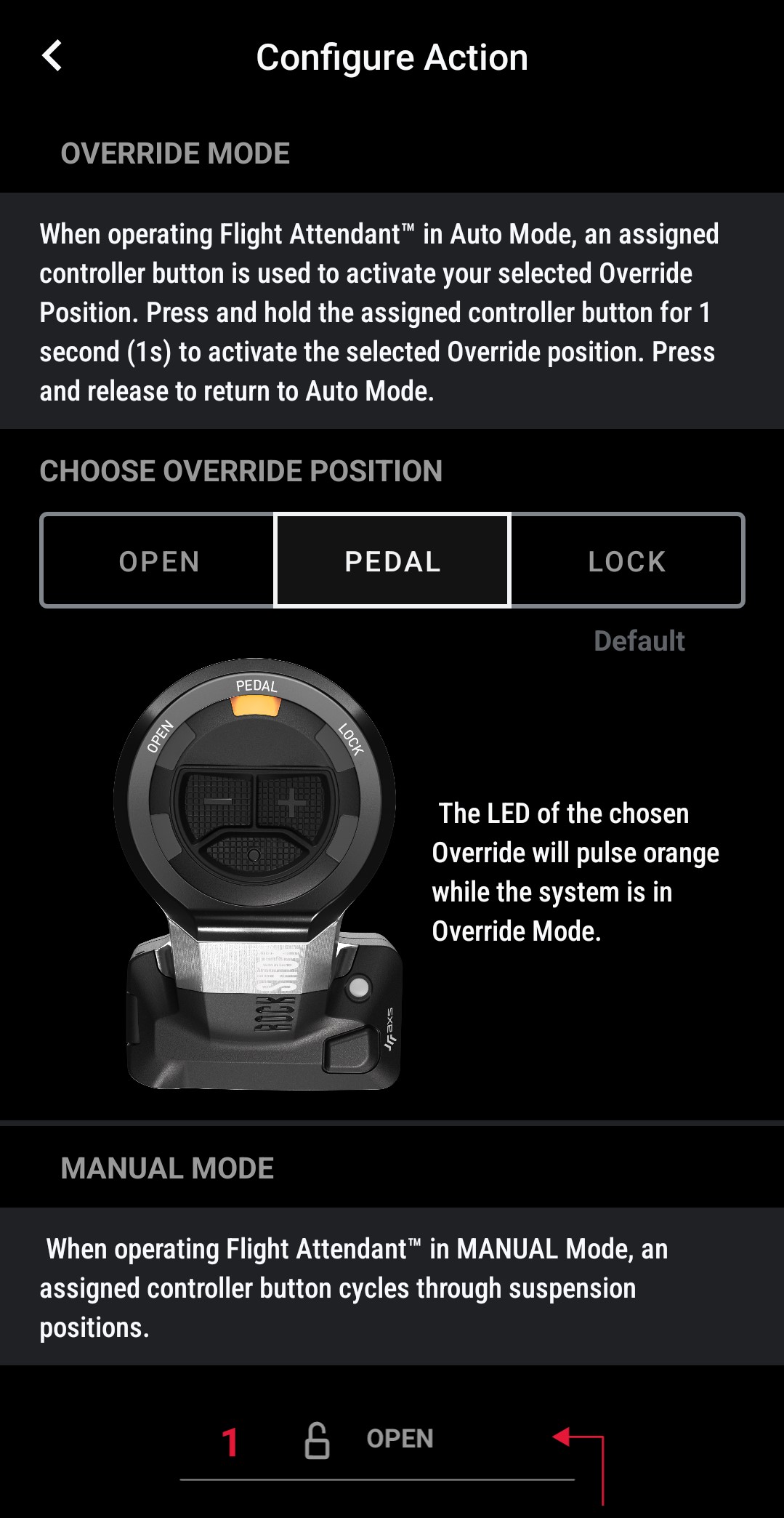
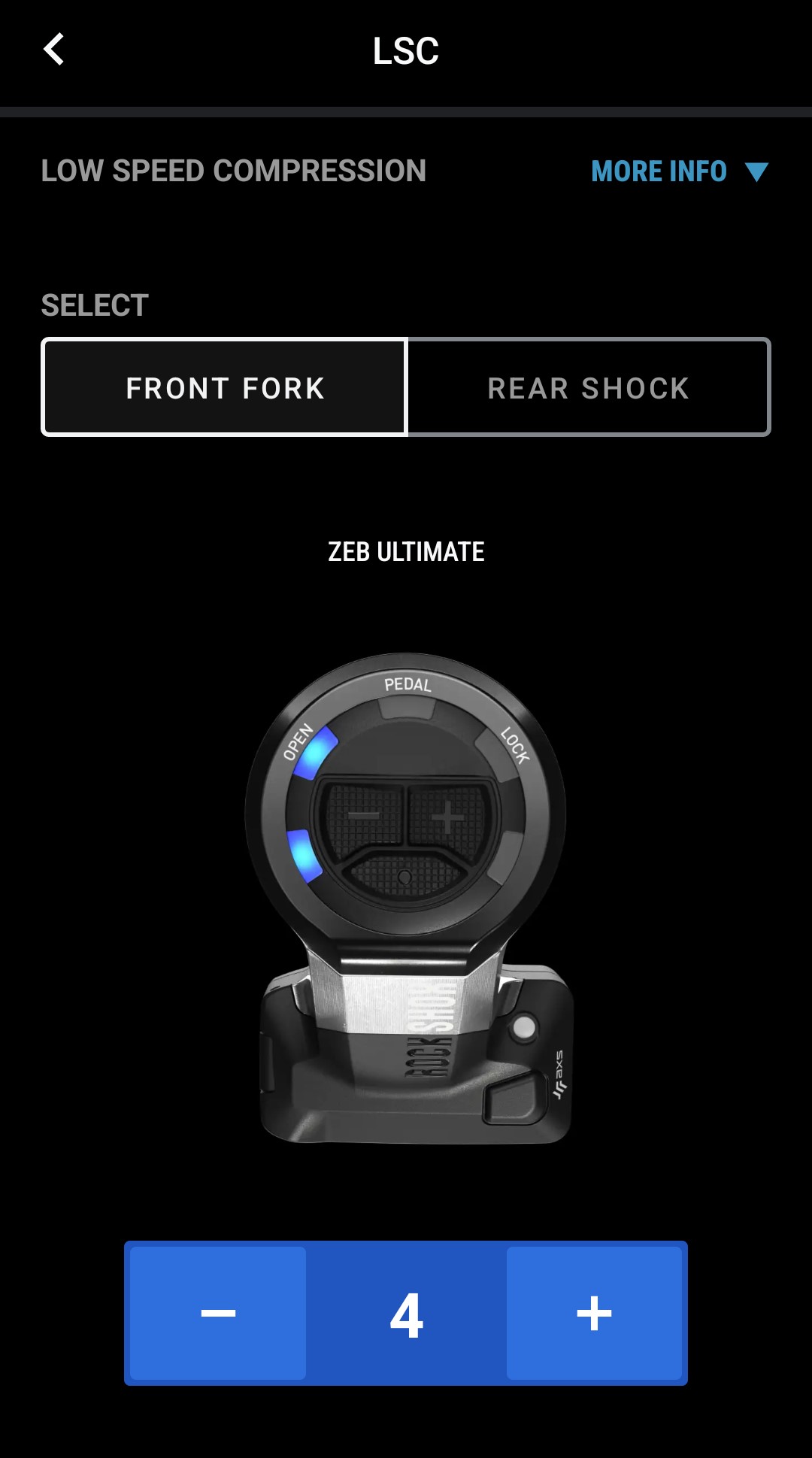
Finally there’s a fully manual mode, where pressing on the left hand paddle cycles through Lock, Pedal and Open. It’s a nice option, but if you’ve paid an extra two grand to have whizz-bang robot suspension, it does beg the question why you’d want to turn it off.
Barring the odd extended lockout, RockShox Flight Attendant is a very industrious system, changing your settings several times on every climb, which raises the question of battery life. I’ve had two of the batteries on the bike get to the flashing red light stage in three weeks’ riding, but neither reached exhaustion. When this does happen, Flight Attendant defaults to the Open position, so at least you can enjoy the descents. Playing devil’s advocate, it’s also potentially handy to have a couple of spare AXS batteries close at hand, as unlocked suspension is much less of a ride-spoiler than gears which don’t shift or a seatpost which won’t drop. As yet, SRAM only make a single-battery AXS charger. A multi-bay charger would be a nice addition for riders using this system, as there will inevitably come a point where more than one of the batteries needs a charge.
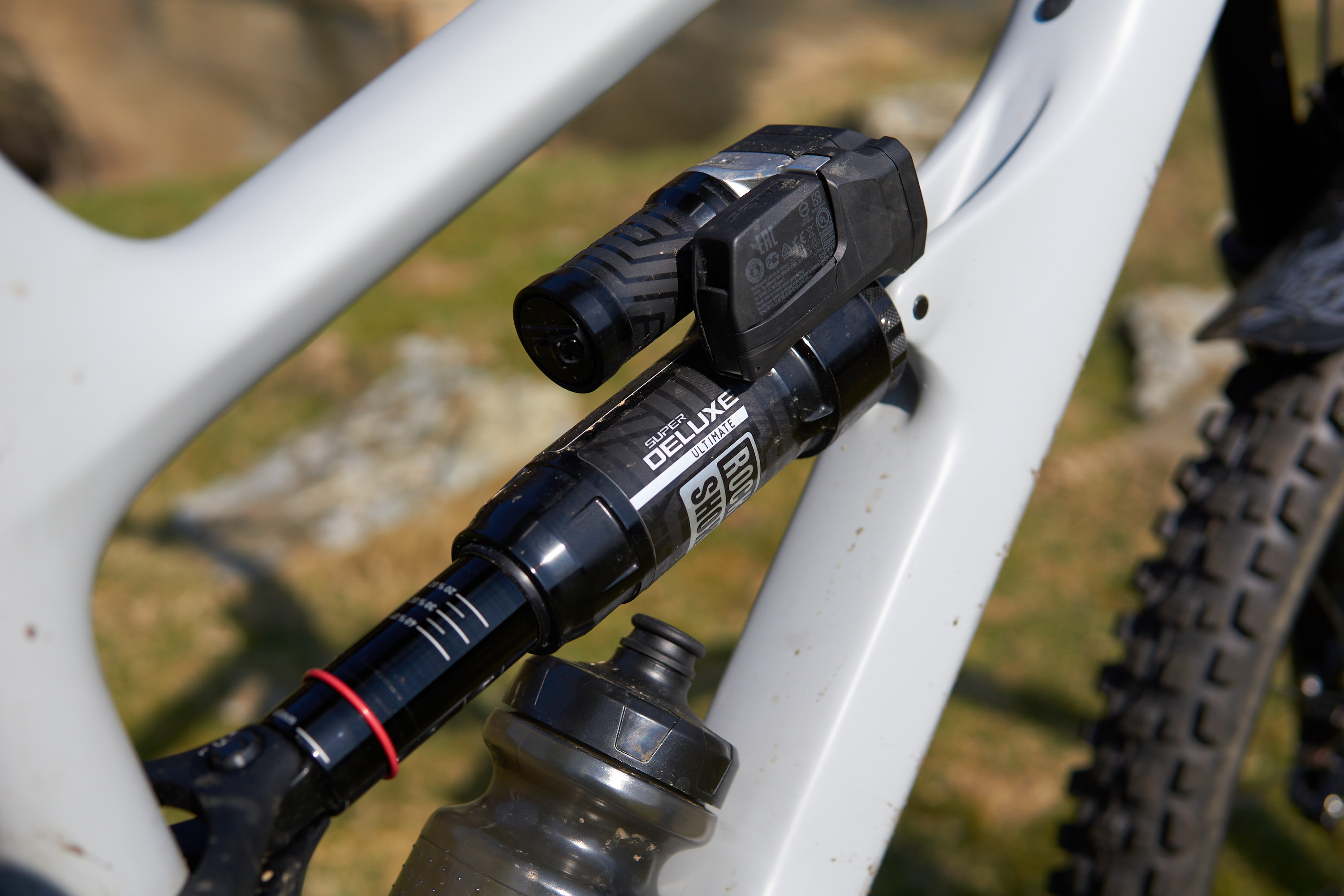
Thanks to the ruthlessly efficient automatic lockout, I happily pedalled a big hitting enduro bike with Maxxis Exo+ tyres round some long loops that felt more like a day out on the hardtail. It also makes some technical climbs a lot more achievable, by doing things that would be almost impossible to replicate with a manual lockout. For example, on one slow-speed switchback, it locked the suspension just as I reached the apex of the turn, letting me get a bit more power down as I pedalled out.
It’s also worth noting that RockShox Flight Attendant comes bundled with suspension units that are noticeable improvements on already good platforms. The RockShox Zeb Ultimate fork in particular is my new best friend on any scary section of trail, thanks to its combination of excellent support throughout its travel and vibration-damping Buttercups. Even with the thin ODI lock-on grips and 35mm bars on our test bike, my hands felt noticeably fresher than usual at the bottom of rocky descents, and the fork dealt very well with ugly compressions, panic braking, or anything else likely to put the rider’s body weight in the wrong place.
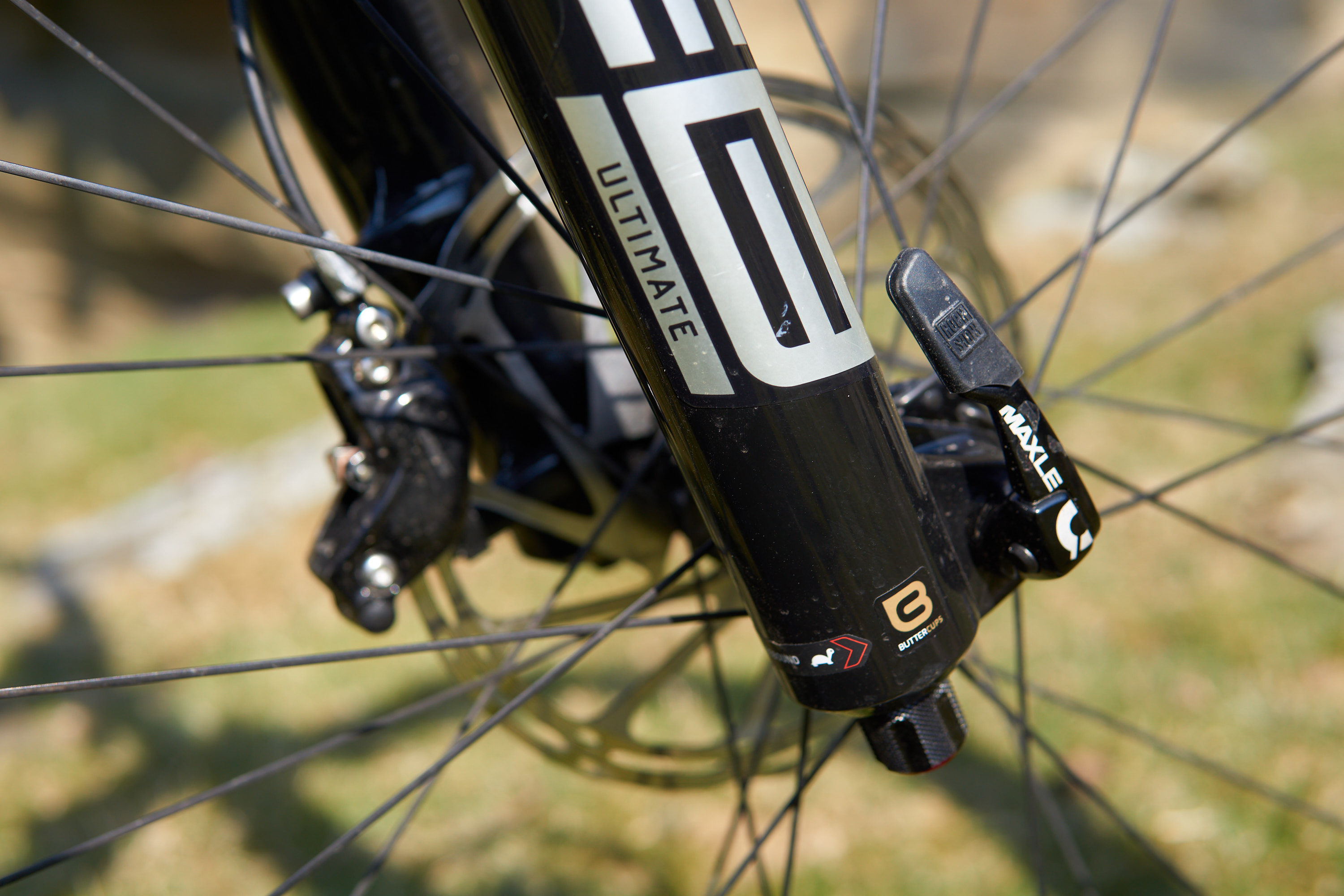
I can see why SRAM have chosen a handful of enduro and trail bikes for RockShox Flight Attendant. The bikes are all proven performers, the riders using them won’t be too bothered by a small amount of extra weight, and the enduro and trail segment of the MTB market doesn’t seem averse to paying big money for nice kit. Yes, you could get a very nice ebike for the same money as any of the Flight Attendant bikes – but would you want to hike-a-bike it to the top of a descent?
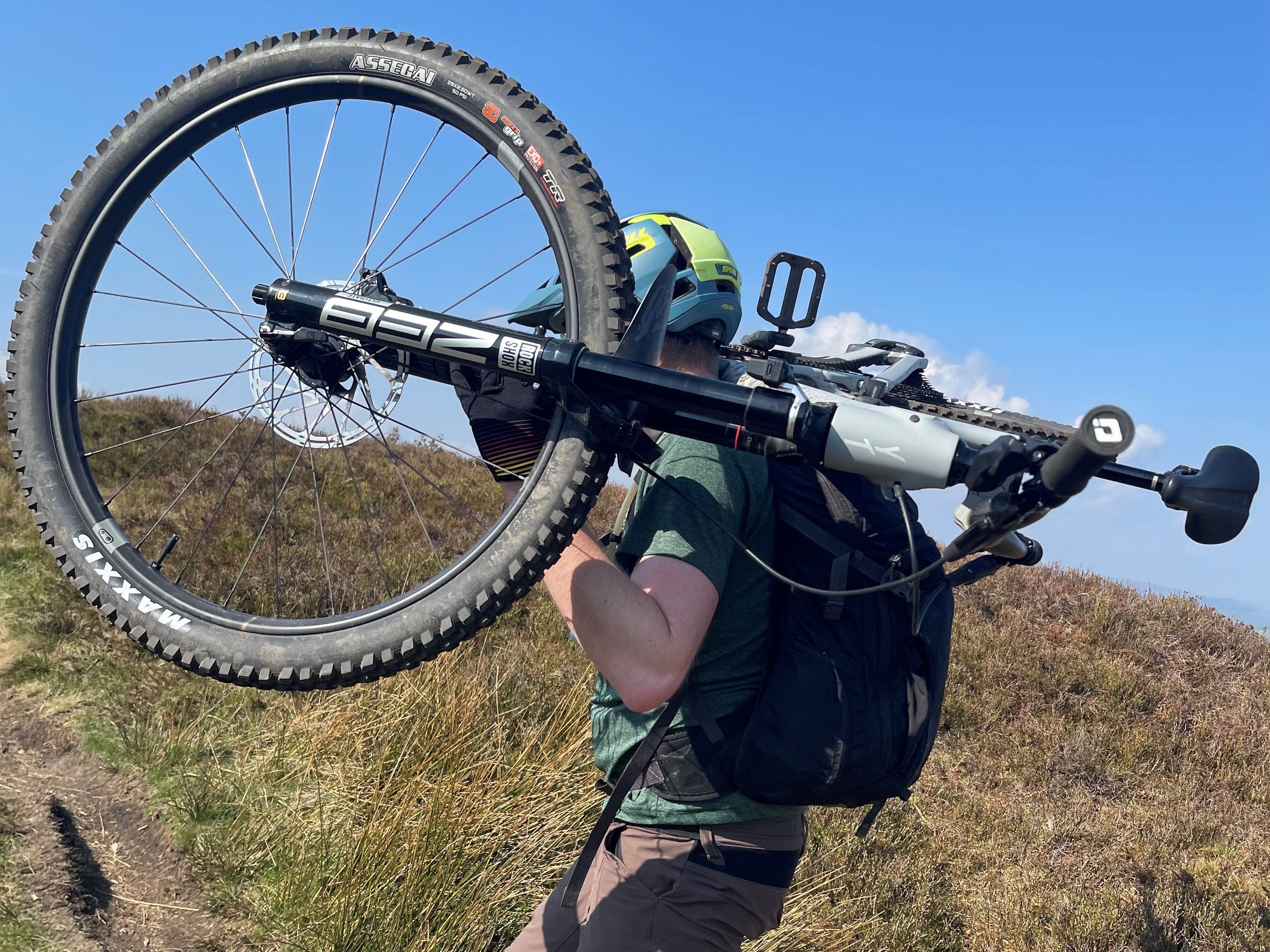
It would be interesting to ride a shorter travel bike equipped with RockShox Flight Attendant, but I can’t help thinking it would be a case of diminishing returns. SRAM’s engineers previously worked on a similar system for Lapierre, which was used on bikes aimed at marathon and XC use, but it vanished after a couple of years. Coil shocks are another potential application, and RockShox still make plenty of those, but not that many seem to be ending up on complete bikes right now.
What about those of us on more of an SX than an AXS budget? It’s hard to see RockShox Flight Attendant trickling down the range very far – for one thing, each Flight Attendant unit is specific to a particular type of damper, which makes economies of scale much harder to achieve. There’s a lot of crossover between Eagle AXS and GX AXS, but apparently Flight Attendant is a much more bespoke product, and the price reflects the amount of R&D that goes into each variation. The fact that it’s very much tailored to work with the full suite of wireless components also makes a budget version more unlikely.
Overall
RockShox Flight Attendant may be clever and RockShox have definitely done their design homework, but is it worth the price tag, and how likely is it to stay in production?
As a value proposition, it’s definitely hard to justify. Modern trail and enduro bikes pedal well anyway, a lockout is not a substitute for rider fitness and sensible pacing, and adding all those batteries means you really have to be on it with your checking and charging regime. However it’s hard not to be impressed with the system in use. A device that means your suspension is always in the right setting for the most fun bits of the ride is never going to be a complete waste of money. With its tendency to switch between locked and fully open, it does suit steeper trails better than jump lines or pedally sections. Should you want to ride flowy or pedally trails, it’s easy to activate the override or tweak the bias adjustment.
In terms of comparable systems, Flight Attendant’s servo motors don’t react as quickly to changes in the trails as the solenoid on Fox’s Live Valve – although for real world riders, as opposed to EWS racers, it’s plenty fast enough. And you’ll need to buy a whole bike to get Flight Attendant, although if you want to retrofit Live Valve you’ll need to own a compatible frame already. Flight Attendant has some advantages over Live Valve, including its range of settings, and of course its lack of wires. It’s got the feeling of a product that was developed for mountain bikers, by mountain bikers, rather than something that’s been carried across from the motorsports world.
For the rider who really wants a top end experience, Flight Attendant does add a neat combination of fun and efficiency to a ride. It’s easy to understand what the system is doing, and it’s easy to tune, or even override completely, if you’re in a rebellious mood. If it does catch on, it’ll be due to this user-friendly approach as much as the performance benefits. One of the core principles of mountain biking, after all, is the ability to make decisions for yourself, even if they’re not endorsed by an algorithm.

